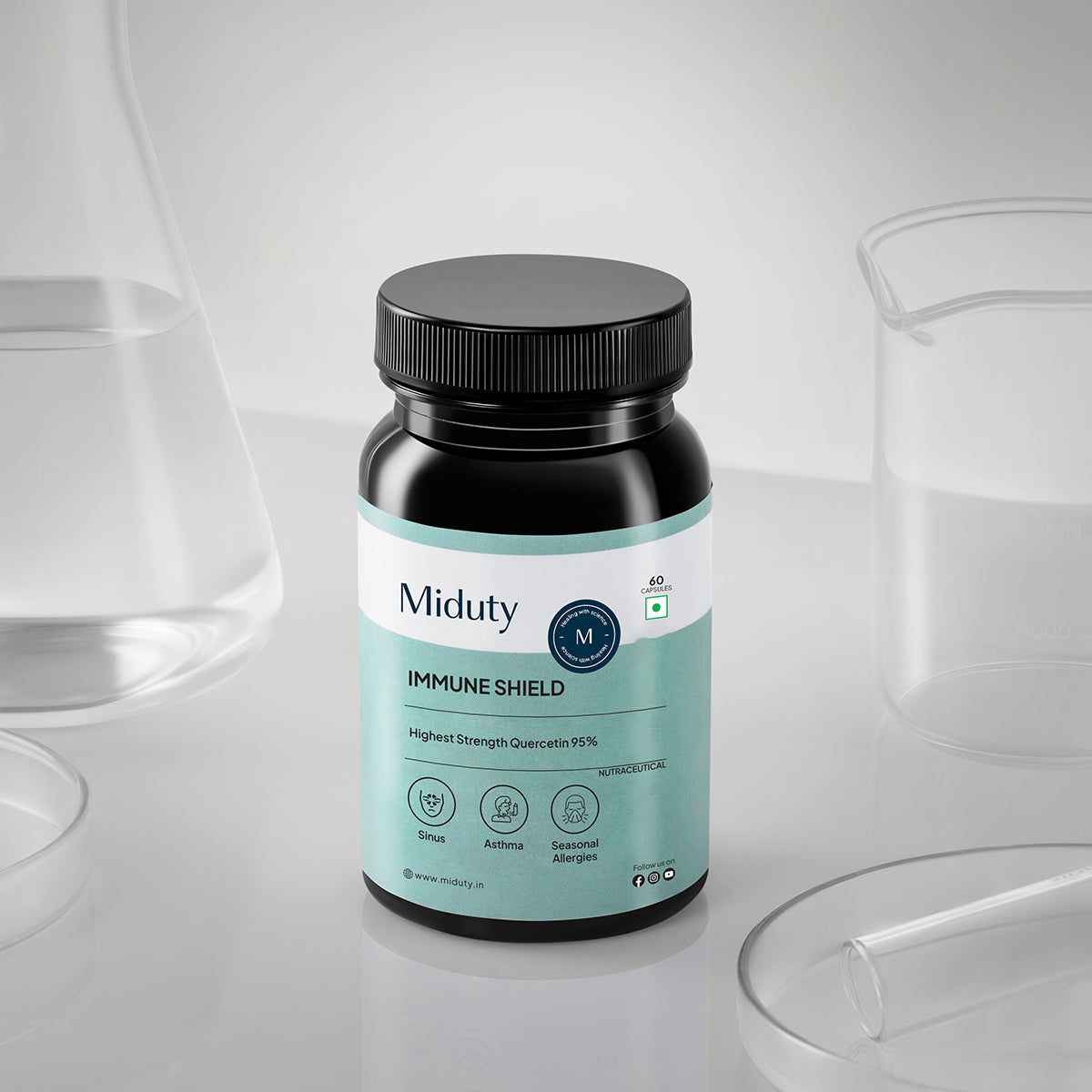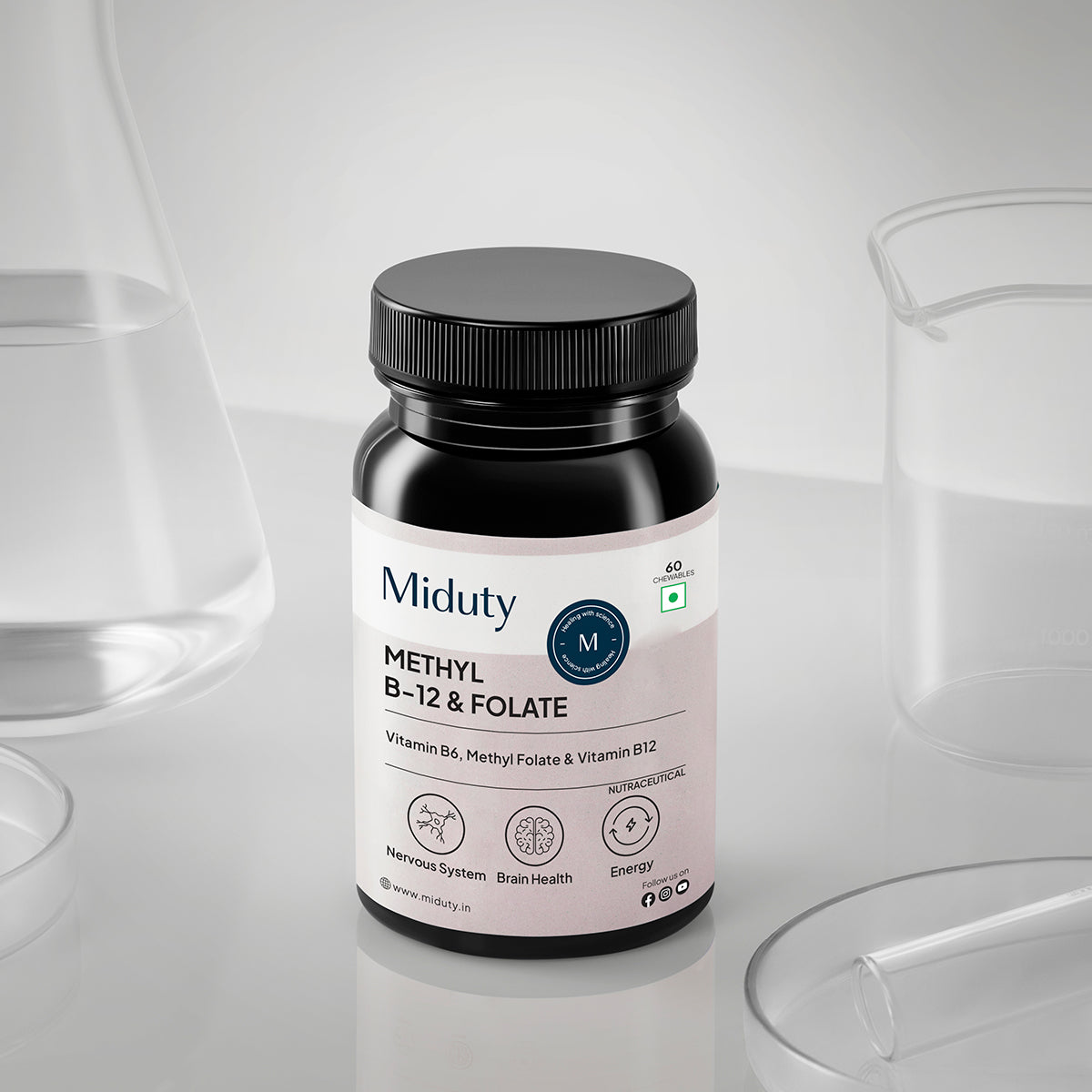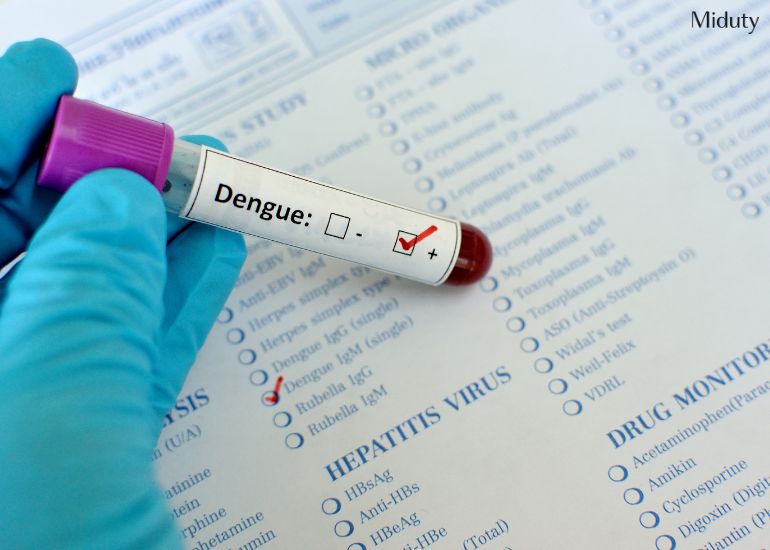
Dengue & Platelets: What Causes the Decrease in the Count?
Introduction
Dengue affects over 390 million people every year, yet only a fraction realize that their immune system, not the virus alone, is responsible for the most dangerous symptoms. In severe cases, platelet counts can drop below 20,000/μL, a level where spontaneous bleeding and internal hemorrhage can become life-threatening.
Key Takeaways
1. Your Body Becomes Its Own Enemy. Dengue doesn't just attack from the outside—the virus tricks your immune system into destroying your own platelets, causing a rapid and dangerous drop.
2. It Starts at the Source: Your Bone Marrow. The virus infiltrates your bone marrow and halts platelet production right at the root leaving your blood defenseless when you need it most.
3. Even a Past Dengue Infection Can Make It Worse. Previously fought off dengue? That could actually trigger a more aggressive immune response this time leading to even faster platelet destruction.
4. Unusual Bruises or Bleeding? Don't Ignore It. Signs like nosebleeds, purple spots on skin, or fatigue could mean your platelets are crashing and that's your cue to act fast.
5. Recovery Needs More Than Rest, It Needs Strategy. From papaya leaf extract to hydration and avoiding blood thinners, supporting platelet recovery in dengue is all about smart, science-backed steps.
Dengue fever isn't just a viral attack; it's a biological betrayal. Most people assume the dengue virus is the main villain. But in reality, your own immune system turns rogue, destroying the very cells meant to protect you. Among the most affected victims of this inner chaos are platelets—tiny, disc-shaped cells in your blood that help clotting and prevent internal bleeding.
When infected by the dengue virus, your body launches an aggressive immune response. But this immune system overreaction ends up attacking your own platelets and bone marrow. The result? A dangerously low platelet count, which makes recovery more complex and risky.
Understanding this process isn't just fascinating, it's life-saving. The earlier you recognize the signs and take action, the better you can manage the disease and prevent complications.
Why Does Platelets Count Drop in Dengue: The Biological Breakdown
Let's break down the science behind this dramatic platelet crash:
1. Dengue Virus Targets the Bone Marrow
Your platelets are produced in the bone marrow. But the dengue virus invades and disrupts this core factory. Once inside, it inhibits the production of megakaryocytes, the large cells responsible for making platelets. This leads to a drop in platelet production at the source.
2. Immune System Goes into Overdrive
When the dengue virus enters your bloodstream, your immune system responds with full force. But sometimes, it can't tell the difference between the virus and your own cells. It starts destroying healthy platelets, mistaking them for infected cells. This phenomenon is called immune-mediated destruction.
3. Leaky Blood Vessels & Platelet Trapping
Dengue increases vascular permeability, making your blood vessels leaky. This leads to fluid leaking into tissues, causing swelling and reduced blood volume. Platelets get trapped in these leaky vessels and the spleen, further lowering the count.
4. Antibodies from Previous Dengue Infections
If this isn't your first dengue infection, things get more complicated. A phenomenon known as Antibody-Dependent Enhancement (ADE) can cause more aggressive immune reactions, leading to rapid platelet destruction.
Signs Your Platelets Are Falling
Low platelet count also called thrombocytopenia can silently worsen unless you watch out for these signs:
- Unexplained bruising or purple spots on the skin (petechiae)
- Bleeding gums or nosebleeds
- Blood in urine or stool
- Fatigue and weakness
- Severe headaches or visual changes (may indicate internal bleeding)
- Heavy menstrual bleeding in women
If your platelet count drops below 50,000/μL, you're already at risk. Below 20,000/μL, medical intervention becomes critical.
How to Increase Your Platelets During Dengue?
While there's no magic food or supplement that can instantly restore platelet count, there are ways to support your body naturally:
1. Stay Hydrated
Dehydration makes the blood thicker and impairs circulation, worsening platelet count. Oral rehydration salts (ORS) or electrolyte fluids are essential.
2. Eat Platelet-Boosting Foods
- Papaya leaf extract: Backed by multiple small studies for improving platelet count.
- Pomegranate: Rich in iron, helps fight fatigue and supports red blood cell production.
- Wheatgrass juice: High in chlorophyll and antioxidants that may assist platelet function.
- Pumpkin & carrots: Rich in Vitamin A, which supports bone marrow function.
- Beetroot: Improves blood flow and supports overall blood health.
3. Avoid These
- NSAIDs like aspirin or ibuprofen: These can thin the blood and increase bleeding risk.
- Processed foods and alcohol: Increase inflammation and weaken the immune system.
4. Rest is Medicine
Let your immune system focus on recovery. Overexertion can increase internal stress and worsen symptoms.
5. Supplements to Ask Your Doctor About
- Vitamin C & B12: Support immunity and blood health
- Folate: Aids in production of new blood cells
- Iron: If there's concurrent anemia
When Platelet Transfusion is Needed?
Not every dengue patient needs a platelet transfusion. WHO guidelines suggest transfusion only when platelet count < 10,000/μL with active bleeding. Signs of hemorrhagic dengue, including blood in stool or severe internal bleeding. Continuous decline despite supportive care.
Conclusion
Understanding the science behind platelet loss in dengue empowers you to act fast and make informed decisions. The next time you or someone close gets infected, don't panic. Observe, test, hydrate, and rest. And most importantly prevent mosquito bites in the first place. Because while modern medicine is powerful, nothing beats not getting sick at all.
Frequently Asked Questions
Q1 - What are the signs of recovery from dengue?
Signs of recovery from dengue include a stable or rising platelet count, reduced fever, improved appetite, increased energy levels, and decreased body aches or rashes.
Q2 - Is 70 a low platelet count?
Yes, a platelet count of 70,000/μL is considered lower than normal (normal range: 150,000–450,000/μL), but it's not critically low. It may require monitoring, especially during illnesses like dengue.
Q3 - Which days in dengue are critical?
The critical phase of dengue typically occurs between Day 3 to Day 7 of illness when fever subsides but complications like plasma leakage, bleeding, and rapid platelet drop can occur. This period requires close monitoring.
Q4 - How can I raise my platelets quickly?
To help raise platelets quickly, stay well-hydrated, consume foods like papaya leaf extract, pomegranate, beetroot, and wheatgrass, and get plenty of rest.
Q5 - Can platelets increase in one day?
No, platelets typically do not increase significantly in just one day. The recovery process is gradual and depends on the underlying cause and overall health.
References
| Sr. No. | Reference Links |
| 1. | Dengue and severe dengue |











